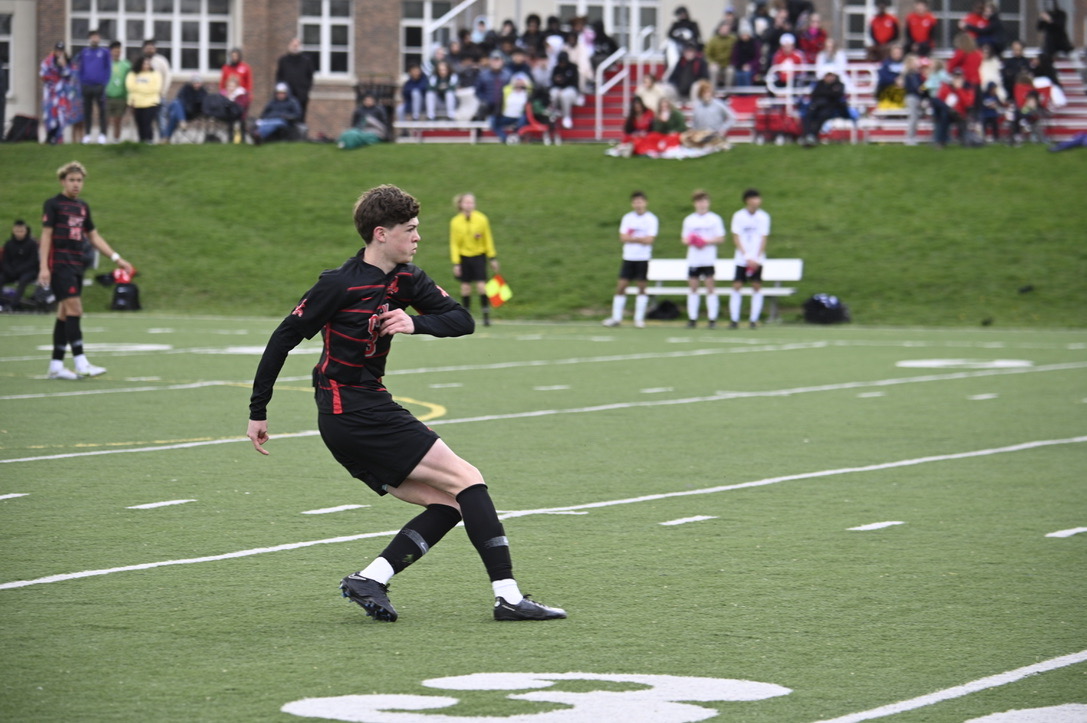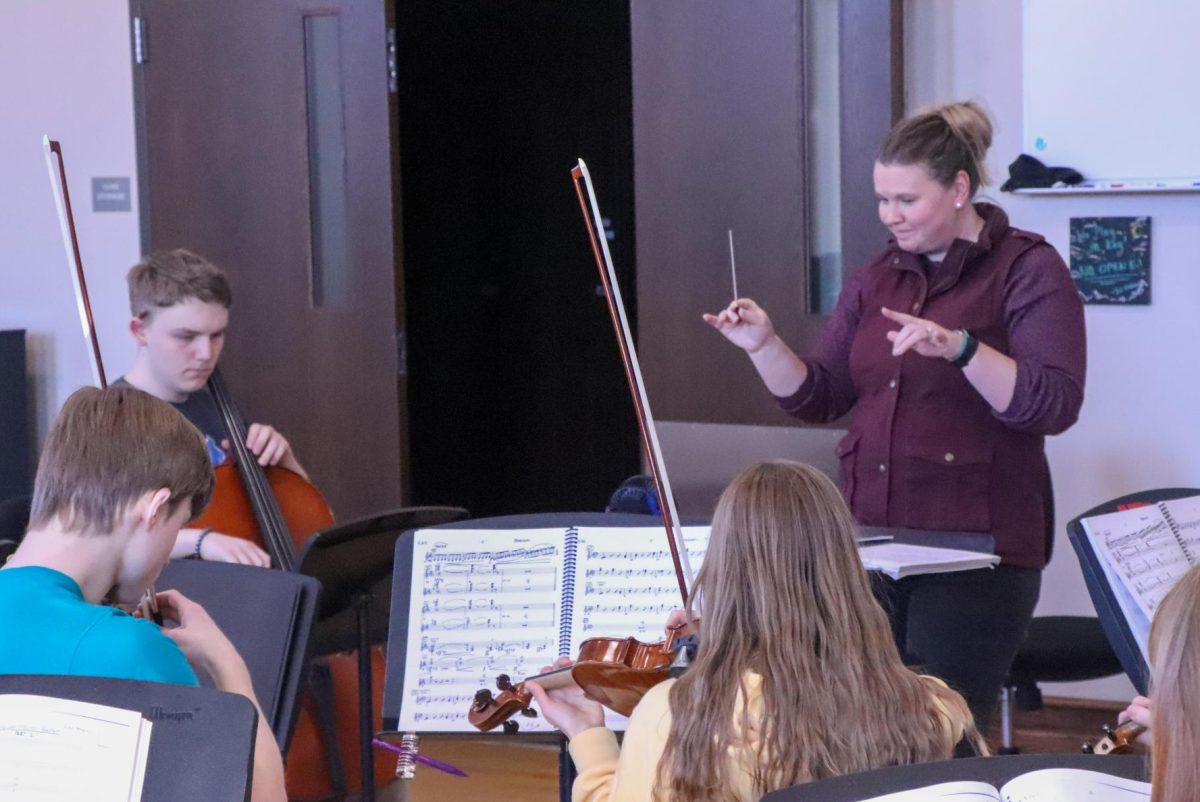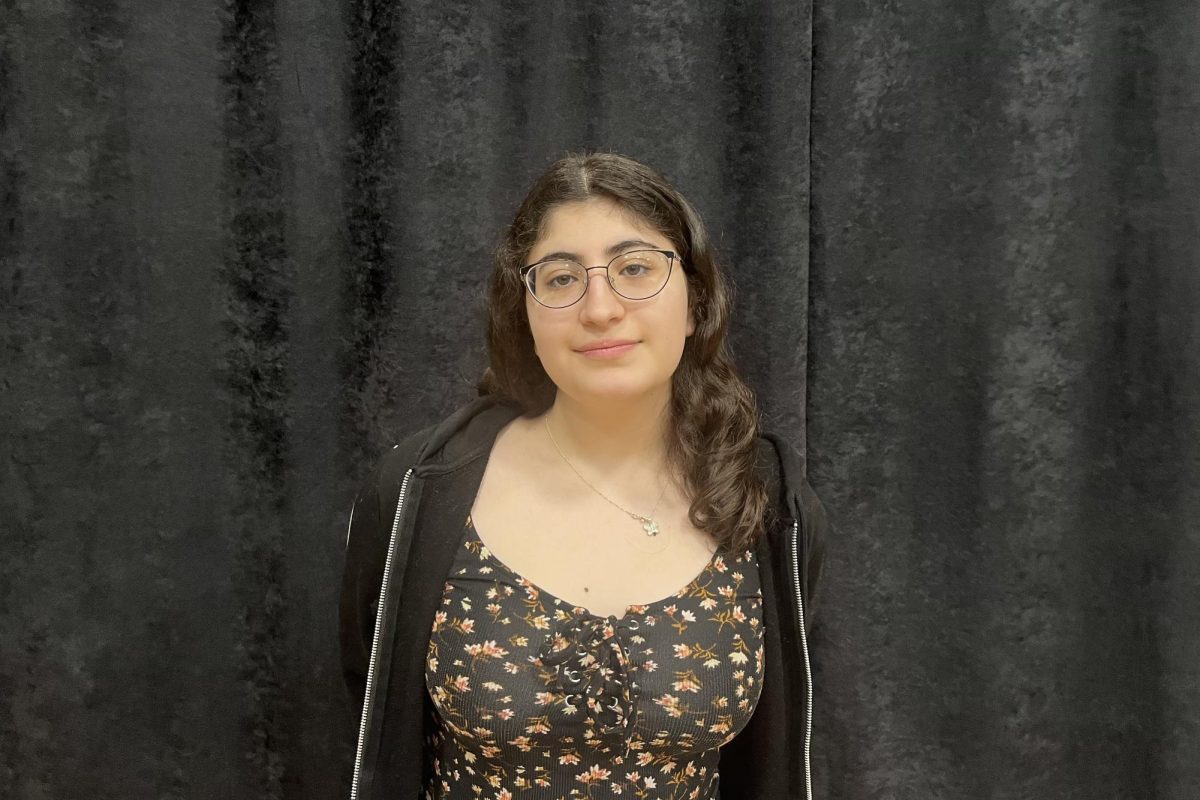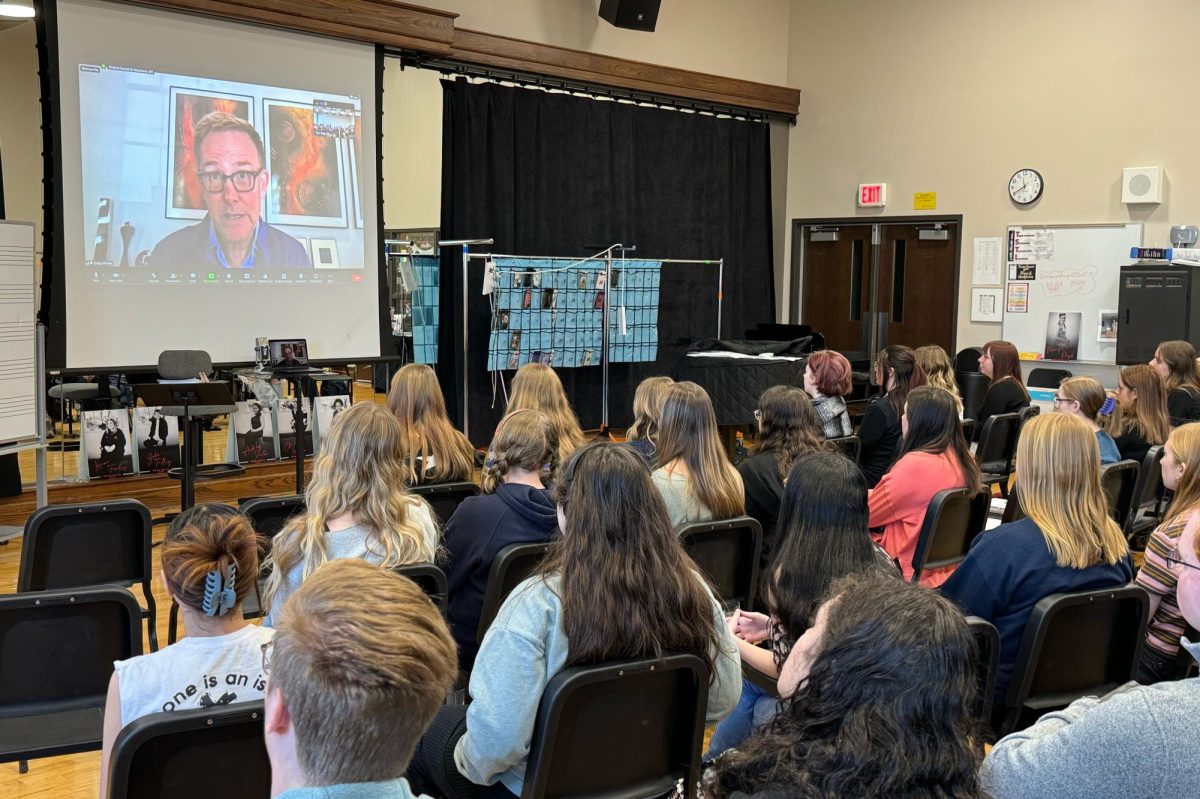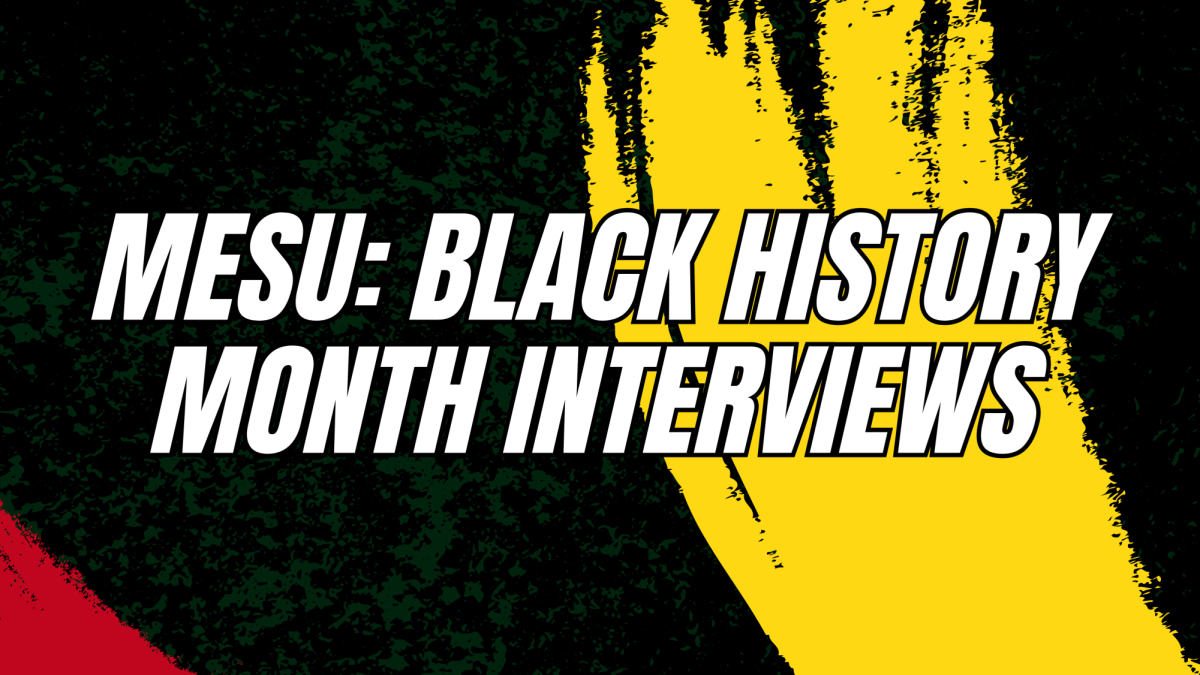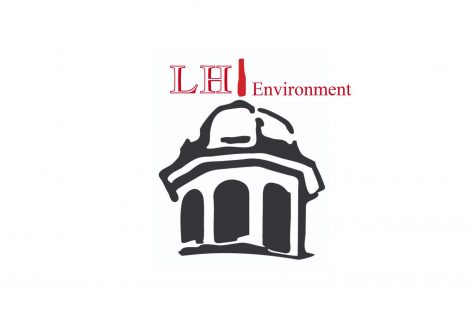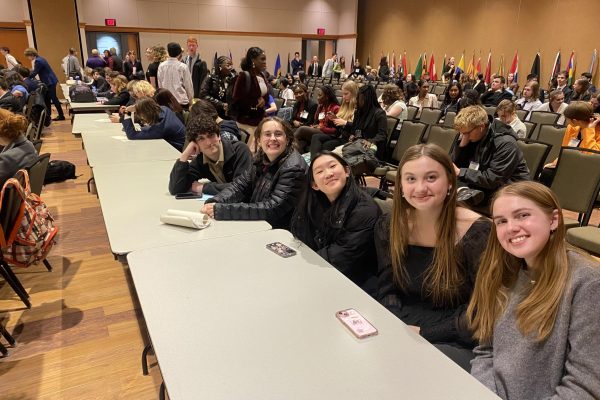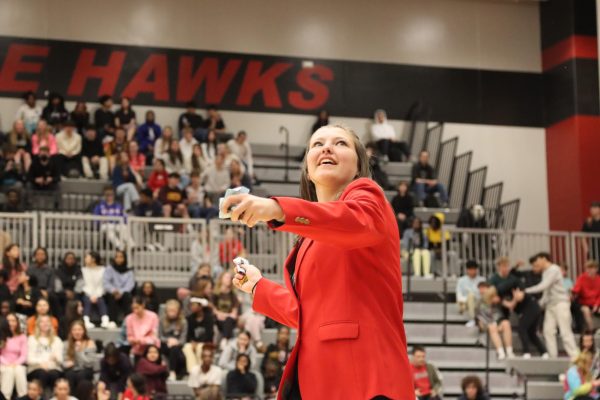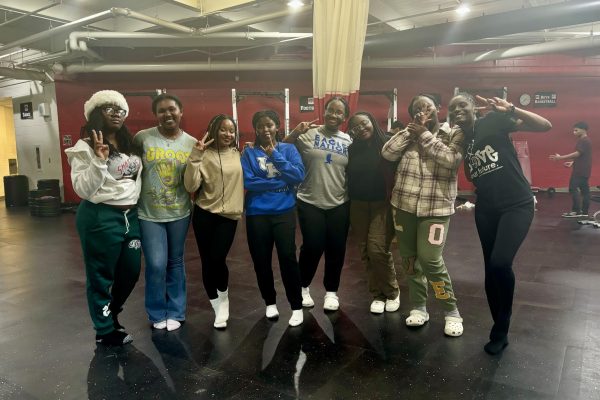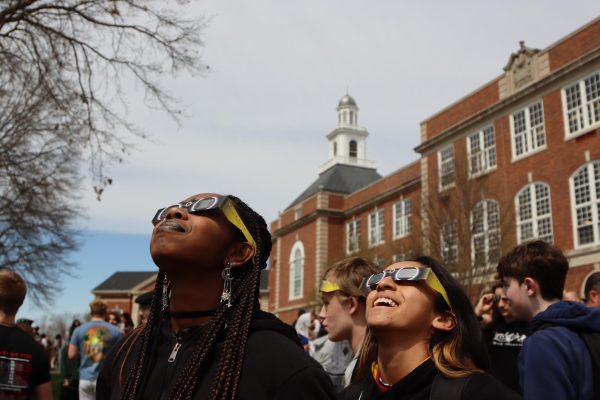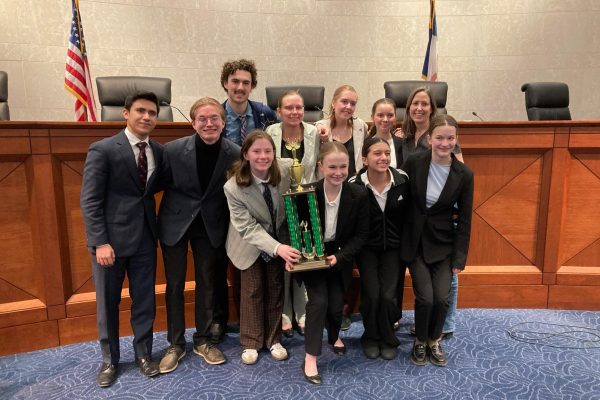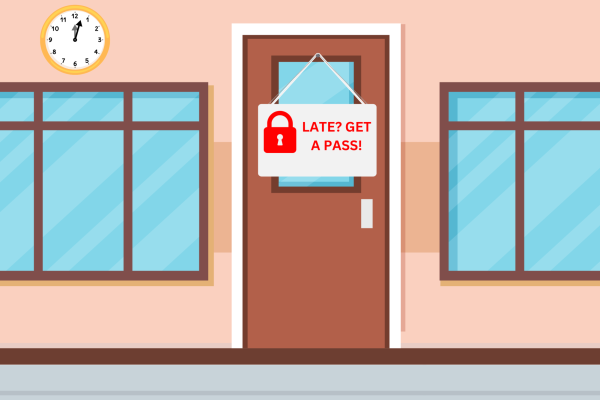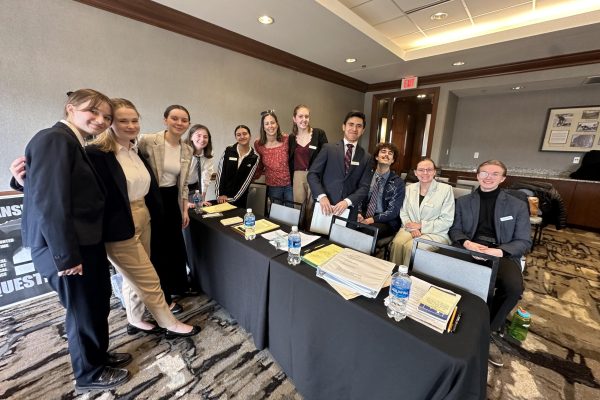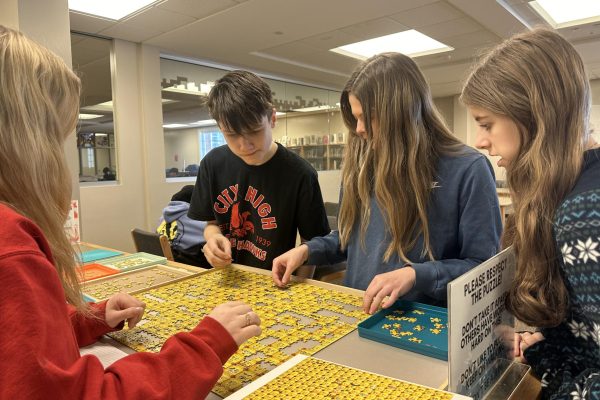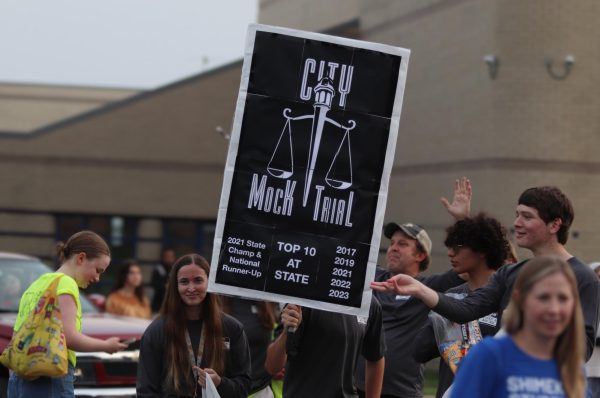What is the Green Deal?
February 6, 2019
The Alexandria Ocasio Cortez backed plan, the Green Deal, has been causing a fair amount of controversy in D.C. The Green Deal is a ten year plan starting in 2020 to make the U.S and its infrastructure completely renewable. When the plan is released in 2020, it would change how the nation works, shifting all of the U.S.’s energy to clean energy by the year 2030. This would eliminate coal and oil from the nation, and the U.S. would rely on energy from power sources such as wind, solar, and hydro power.
The U.S., like the entire world, is starting to feel the dramatic effects of climate change. Rep. Ocasio Cortez’s goal is to make sure we don’t feel it any further. But not everyone believes we are truly seeing climate change, contradicting what most scientists have been saying. However, many politicians have been encouraged to support the coal and oil companies by being paid special interest money to oppose the Green Deal. Therefore, some politicians have been been doubting its possibility and whether or not the government has the money and the resources to pull it off.
“[The Green Deal is] totally possible, we just need people to buy into it. We need people to listen to scientists and the expertise that they present. There are plenty of technologies that are doing this already, there’s plenty of experts that this is what they spend their life researching, their time researching,” Dr. Jill Humston said.
Even with the research released, some right wing politicians are opposed. However, many Democrats such as Iowa House Representative Zach Wahls are fighting for the Green Deal.
“We have the technology, the question is do we have the political will?” Wahls said.
The Midwest is a leader in renewable energy technology. Illinois and Iowa have been harnessing wind power on giant wind farms. According to the Iowa Wind Energy Association, Iowa has 4,145 wind turbines and 9,000 jobs supported by wind energy. Their goal is to have 15,000 wind energy jobs in Iowa by 2020. Currently, 37% of Iowa’s electricity is produced by wind energy, a percentage larger than any other state.
“I just got back from Des Moines and along the drive on Interstate 80 is this massive new Wind Farm that has blown up outside of Grinnell. I think personally it’s beautiful,” Wahls said. “I think continuing to invest in wind energy is good for the planet. It’s [also] good for world communities where those wind turbines create a lot of income, and they also create good-paying wind technician jobs, so I think wind energy’s a huge winner.”
Although Iowa is already harnessing wind energy, there is still yet a lot of work to be done for the agriculturally based state to reach the standards of the Green Deal and escape the effects of climate change.
“[The] U.S. federal government released a report about the impacts of climate change on Black Friday, and the section about the Midwest was pretty scary; extreme weather events, you know, we had a very rainy year. And the report said climate change, we’ll see even more of that, which is going to make agriculture a lot harder, and increase the spread of biological pathogens like the West Nile Virus Lyme disease,” Wahls said.
For Iowa, as well as the entire country, the Green Deal would mean an entire new sector of jobs.
“There’s a huge opportunity for jobs. We will need differently skilled workers to install and upkeep the wind turbines and solar panels. It’s going to create a brand new economic industry. A huge number of jobs; in development, in research, in building and upkeep,” Humston said.
Even if the Green Deal will create jobs, it will still cost the US millions of dollars to create the shift, but many deem it necessary.
“We need to figure out a way to tell everybody [the Green Deal is] going to save them money in the long run, how this will save the United States money in the long run,” said Humston. “ I think just saving our planet should be enough.”
But the question of whether or not the Democrats will be successful with this proposal still remains at large. But it’s not only the politicians that will have to back the plan in order for it to go through, in order for a shift to take place, the entire nation must change. The switch will be happening throughout every level of industry. Whether or not the American people will be on board is still to be seen.
“You can’t change a whole nation in two seconds but people really have to understand what’s going on. We need a different administration to help us with that because right now that’s just not going to happen,” Naomi Meurice ‘19, a City High environmental activist, said.










